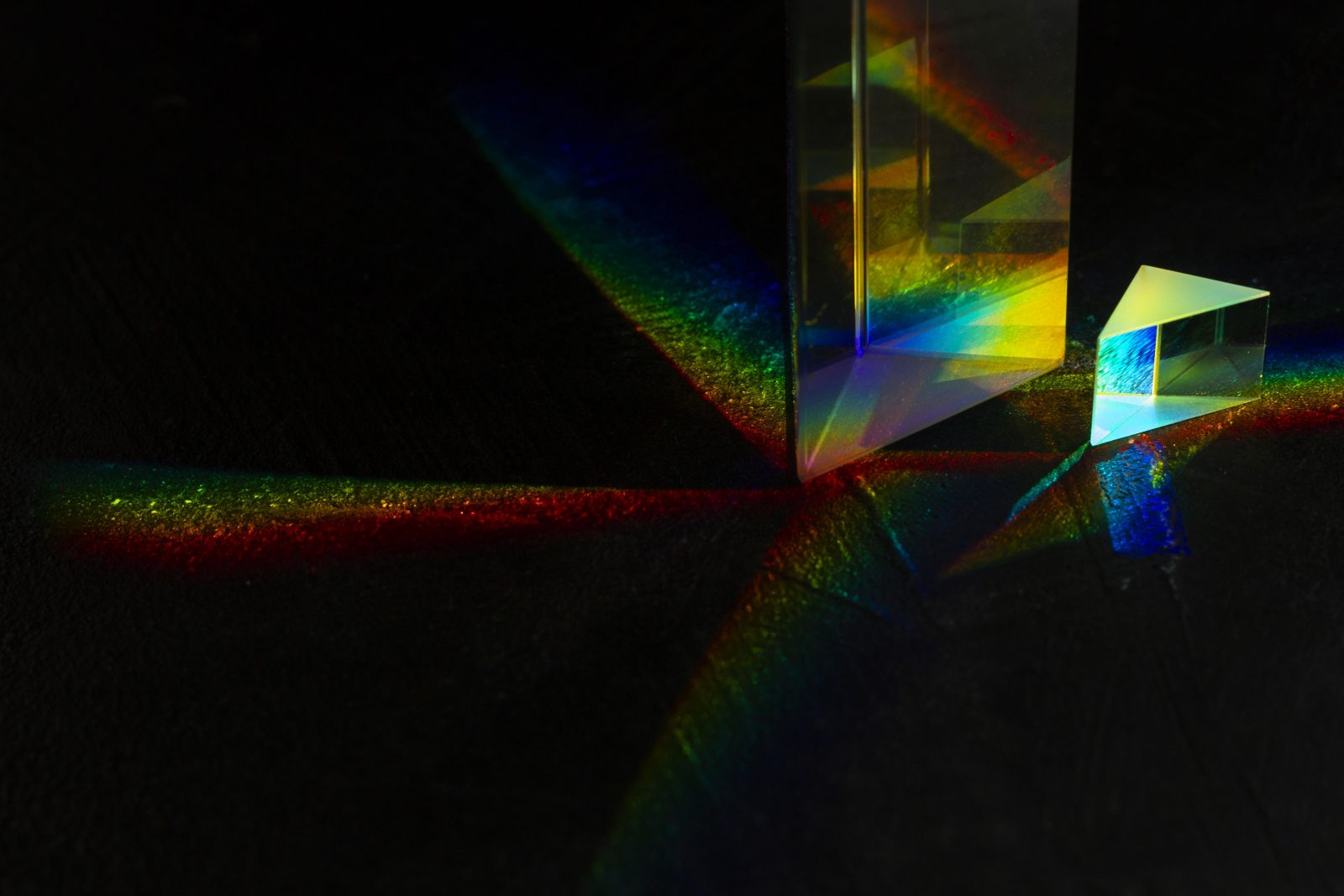In the early 17th century, the German scientist Johann Wilhelm Ritter made a discovery related to ultraviolet radiation. Although this type of radiation existed even before the formation of the Earth, its origin lies in the sun and has played a crucial role in the emergence of life on our planet. This is because ultraviolet radiation acts as a fundamental reactive element in numerous biochemical processes.
The Origins of Ultraviolet Light

As previously mentioned, the origins of ultraviolet light can be traced back to the birth of the sun and the emission of light. However, it was in the year 1671 when Isaac Newton began to explore and discuss this particular topic. During that time, Newton conducted experiments using a triangular prism that separated a beam of light into different colors. Based on these experiments, Newton developed the theory that light was composed of seven distinct colors. This conception was influenced by previous beliefs held by sophists and other theological currents that ascribed meanings related to colors.
At that time, there was no knowledge of photons or the wave-particle duality of light, and Newton conceived each color as an individual particle that was part of light. This perspective was based on the scientific knowledge and prevailing theories of the time. As scientific research progressed, subsequent discoveries and developments were made that expanded our understanding of the nature of light and ultraviolet radiation.
Infrared Radiation – IR
In 1800, William Herschel made a discovery related to invisible rays beyond the range of red color, known as “Calorific Rays.” Herschel conducted an experiment in which he used a prism to break down a beam of light into different colors. However, instead of studying the visible colors, he focused on the effects of radiation that could not be perceived by the human eye.
During his experiment, Herschel placed a thermometer in each of the resulting colors from the light decomposition. He observed that the red edge, beyond the visible colors, caused the greatest increase in temperature on the thermometer. This discovery led him to conclude that there were invisible rays beyond the range of red color that had the ability to generate heat.
The calorific rays discovered by Herschel were later identified as infrared radiation, which is just beyond the visible spectrum of light. Infrared radiation is invisible to the human eye but is perceived as heat due to its ability to increase the temperature of objects.
Herschel’s experiment significantly contributed to the understanding of the nature of radiation and laid the foundation for the discovery of different types of radiation beyond the visible spectrum.
Ultraviolet Radiation – UV
In 1801, Johann Wilhelm Ritter made a significant discovery while investigating rays beyond the violet color in the light spectrum. During his experiments, Ritter observed that these rays were capable of darkening paper impregnated with silver chloride. Due to this effect, he initially called them “Deoxidizing Rays” to differentiate them from the previously discovered calorific rays. However, they were later referred to as “Chemical Rays” due to their ability to induce chemical reactions.
In 1935, William H. Byler succeeded in developing lamps that emitted ultraviolet light, which paved the way for the study and application of different types of ultraviolet radiation:
- UV-A rays have longer wavelengths and can penetrate deeply into the skin. They are responsible for tanning and can contribute to premature skin aging, such as the appearance of wrinkles and dark spots.
- UV-B rays have shorter wavelengths and are largely absorbed by the ozone layer in the atmosphere. However, a significant portion of UV-B rays reaches the Earth’s surface and can cause skin damage, such as sunburns. Prolonged exposure to UV-B rays can increase the risk of developing skin cancer.
- UV-C rays have even shorter wavelengths and are almost completely absorbed by the atmosphere, posing minimal risk to the skin.
UV Today
Nowadays, UV light has numerous applications ranging from aesthetics such as tanning, to monetary anti-fraud security, and disinfection. An example of this is our Halo germicidal lamp that incorporates UV-C light. Thanks to this, it is capable of disinfecting the air and space using radiation that directly attacks the genome of various viruses and bacteria in the environment, providing safety to individuals in a germ-free space, free from harmful germs, fungi, and bacteria that can be detrimental to their health.



